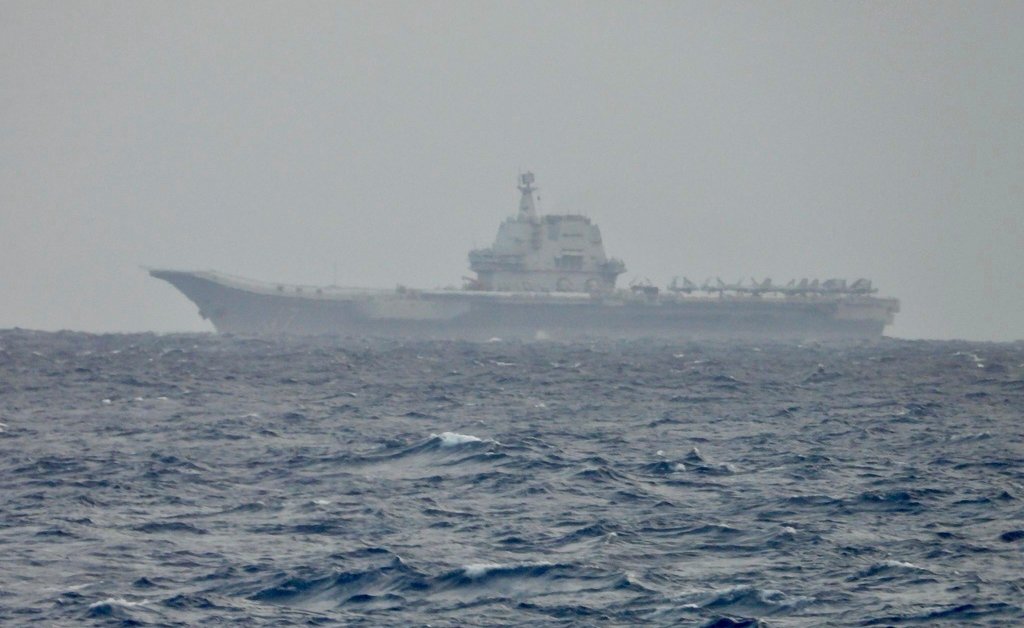China's Taiwan Drills: Military Exercises Intensify – A Growing Regional Tension
China's military exercises surrounding Taiwan have intensified, marking a significant escalation in the ongoing tensions between Beijing and Taipei. These drills, ostensibly a response to Taiwanese President Tsai Ing-wen's recent meeting with US House Speaker Kevin McCarthy, represent a clear demonstration of China's growing military might and its unwavering resolve to assert its claim over the self-governing island.
The Scale of the Exercises:
The exercises are significantly larger and more aggressive than previous iterations. They involve a simulated blockade of the island, live-fire drills in the waters and airspace surrounding Taiwan, and the deployment of a wide range of military assets, including:
- Aircraft Carriers: Multiple aircraft carriers have been deployed, showcasing China's expanding naval capabilities.
- Fighter Jets: A large number of fighter jets have been conducting simulated attacks, underscoring the potential for rapid and overwhelming military action.
- Missiles: Ballistic and cruise missiles have been launched, further emphasizing China's determination to control the situation.
- Naval Vessels: A substantial fleet of naval vessels has been involved, performing maneuvers designed to demonstrate China's ability to establish a naval blockade.
International Response & Concerns:
The intensified drills have sparked widespread international concern. The United States, a key ally of Taiwan, has condemned the actions, calling them "destabilizing" and urging de-escalation. Other nations in the region, including Japan and Australia, have also expressed apprehension over the potential for conflict.
- US Response: The US has increased its military presence in the region, including deploying additional aircraft and naval vessels. The US commitment to Taiwan's defense remains a critical factor in the ongoing standoff.
- Regional Alliances: The exercises have highlighted the growing importance of regional alliances and the need for coordinated responses to China's assertive actions.
- Global Implications: The escalating tensions have significant global implications, potentially impacting trade routes and global stability.
Taiwan's Response and Resilience:
Taiwan has responded with a show of strength and resilience. The island's military has conducted its own drills and exercises, showcasing its commitment to defending its sovereignty. The Taiwanese government has also maintained its resolve to resist any attempts by China to impose its will.
The Future Outlook:
The future remains uncertain. The ongoing military exercises represent a significant escalation in the already tense situation across the Taiwan Strait. The potential for miscalculation or unintended escalation remains a serious concern. International diplomacy and careful management of the situation are crucial to preventing a wider conflict. The world watches anxiously as the situation unfolds.
Further Reading:
For more in-depth analysis, we recommend checking out these resources: [Link to relevant news article from reputable source 1] and [Link to relevant news article from reputable source 2].
Conclusion:
China's intensified military exercises around Taiwan represent a dramatic escalation in regional tensions. The international community must work together to de-escalate the situation and prevent a potential conflict with far-reaching consequences. The coming weeks and months will be critical in determining the future trajectory of this fraught geopolitical situation.

